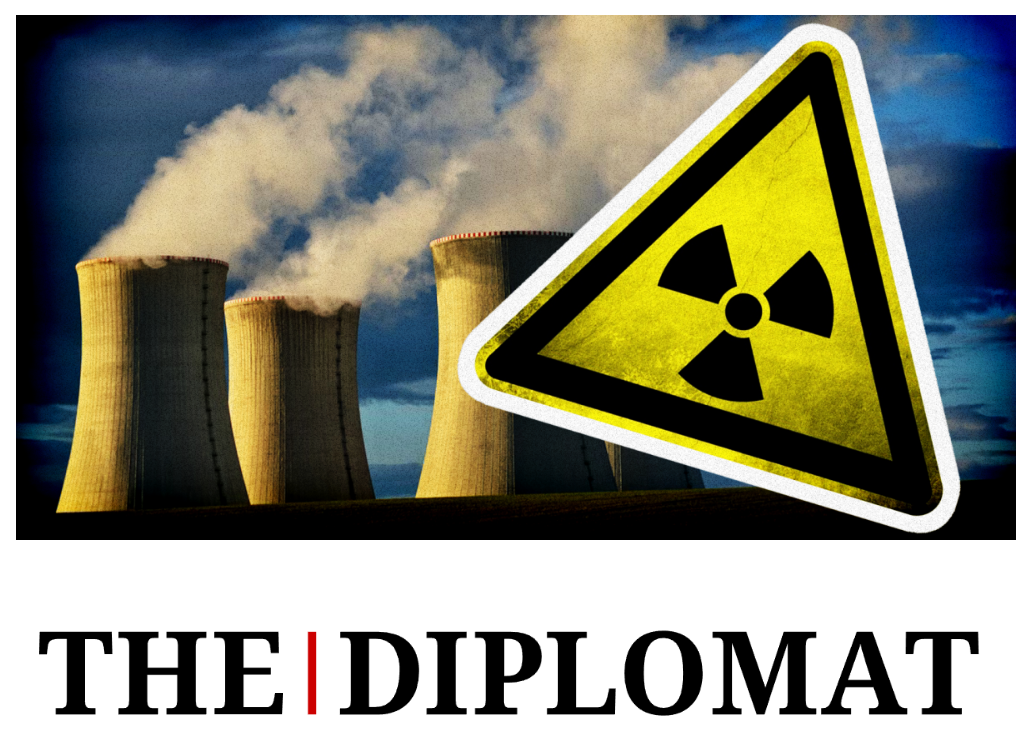
Pursuing nuclear power is a perilous path for Kyrgyzstan, especially given geological instability and a lack of domestic expertise and infrastructure
Executive Director of Green Alliance KG, Ilgiz Kambarov, shares his thoughts with the famous international magazine The Dimplmat on why government’s pursuing to build a nuclear power plant is a perilous path for Kyrgyzstan
Since January 2022 Kyrgyz government has been considering the construction of a nuclear power plant (NPP) as a means to address its energy needs. Initially a low-power nuclear power plant would be built in Kyrgyzstan. Then the Minister of Energy of the Kyrgyz Republic, Doskul Bekmurzaev, and the General Director of Rosatom, Alexey Likhachev, signed a memorandum of cooperation in the construction of low-power nuclear power plants. It involves assistance in the development of the republic’s nuclear infrastructure and joint work to improve the qualifications of scientific and technical personnel in various areas of the peaceful use of atomic energy. Unfortunately, NPP’s construction is presented as an alternative to hydropower energy.
However, such a decision comes fraught with peril, with potential consequences far outweighing any perceived benefits. The risks associated with nuclear energy are well-documented, and for a country like Kyrgyzstan, the dangers are even more pronounced. Here is why the government should reconsider its stance on nuclear power plant construction.
Geological vulnerability is crucial to realize since Kyrgyzstan lies in a seismically active region, making it highly susceptible to earthquakes and other geological hazards. The construction of a nuclear power plant in such an area significantly amplifies the risk of catastrophic events. Even with stringent safety measures in place, the threat of seismic activity cannot be completely mitigated, as evidenced by past nuclear disasters like Fukushima in Japan or Chernobyl in Ukraine.
Secondly, the lack of Infrastructure and technical expertise is what Kyrgyzstan lacks to safely operate a nuclear power plant. Establishing and maintaining a robust regulatory framework, as well as ensuring the availability of skilled personnel for plant operation and maintenance, is essential for safe nuclear energy production. Without adequate resources and capabilities, the likelihood of accidents and incidents increases dramatically.
Needless to mention that environmental impact from nuclear power plants and uranium mining is hazardous, since produced radioactive waste remains for thousands of years, posing a long-term environmental threat. Disposal of nuclear waste requires specialized facilities and strict protocols to prevent contamination of soil, water, and air. Nuclear power generation produces radioactive waste that remains hazardous for thousands of years. Kyrgyzstan lacks a viable plan for the long-term storage and disposal of nuclear waste, which poses risks to public health and the environment for generations to come. Exactly the absence of these mentioned above, Kyrgyzstan still faces issues related to uranium tails (remnants) from USSR’s uranium mining sites, and in a country like Kyrgyzstan, where natural resources are precious and ecosystems fragile, the introduction of nuclear waste or resuming of uranium mining could have devastating consequences for both the environment and public health.
Security concerns are paramount for Kyrgyzstan as the proliferation of nuclear technology raises serious security concerns, especially in regions prone to political instability and conflict. A nuclear power plant could become a target for terrorist attacks or sabotage, with potentially catastrophic consequences. Safeguarding nuclear facilities against such threats requires significant investment in security infrastructure and personnel, further straining the resources of the government. Additionally, geopolitical dependence will grow as relying on a foreign entity like ROSATOM for nuclear technology and fuel creates a dependency that could compromise Kyrgyzstan’s sovereignty and national security. Unfortunately, ROSATOM lobbies nuclear agenda as green energy not only in Kyrgyzstan, but elsewhere too.
Community opposition can be quite strong and nuclear power plants often face strong opposition from local communities due to concerns about safety, health, and environmental impact. Instead of imposing a nuclear facility on unwilling residents, Kyrgyzstan should prioritize renewable energy projects that have the support of local communities and stakeholders. However, president Japarov Sadyr says uranium is not harmful, thus blatantly misleading people. But voicing openly becomes more dangerous since civil liberties are shrinking, oppression is increasing.
In conclusion, the construction of a nuclear power plant in Kyrgyzstan poses an unacceptable risk to public safety, the environment, and national security. Instead of pursuing this perilous path, the government should prioritize investments in renewable energy infrastructure and explore alternative solutions to meet the country’s energy needs. By embracing clean and sustainable energy sources, Kyrgyzstan can pave the way for a safer and more prosperous future for its citizens and generations to come.
The Diplomat is the premier international current-affairs magazine for the Asia-Pacific region.
• Defense and intelligence
• Environment, human security and development
• Arts, social trends and popular culture